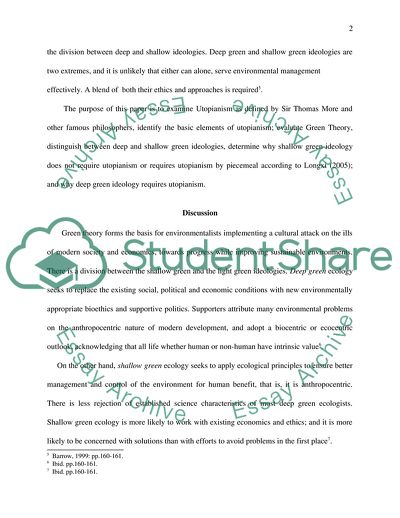Cite this document
(Why, if At All, Does Green Theory Need Utopianism Coursework, n.d.)
Why, if At All, Does Green Theory Need Utopianism Coursework. https://studentshare.org/philosophy/1717480-why-if-at-all-does-green-theory-need-utopianism
Why, if At All, Does Green Theory Need Utopianism Coursework. https://studentshare.org/philosophy/1717480-why-if-at-all-does-green-theory-need-utopianism
(Why, If At All, Does Green Theory Need Utopianism Coursework)
Why, If At All, Does Green Theory Need Utopianism Coursework. https://studentshare.org/philosophy/1717480-why-if-at-all-does-green-theory-need-utopianism.
Why, If At All, Does Green Theory Need Utopianism Coursework. https://studentshare.org/philosophy/1717480-why-if-at-all-does-green-theory-need-utopianism.
“Why, If At All, Does Green Theory Need Utopianism Coursework”. https://studentshare.org/philosophy/1717480-why-if-at-all-does-green-theory-need-utopianism.


